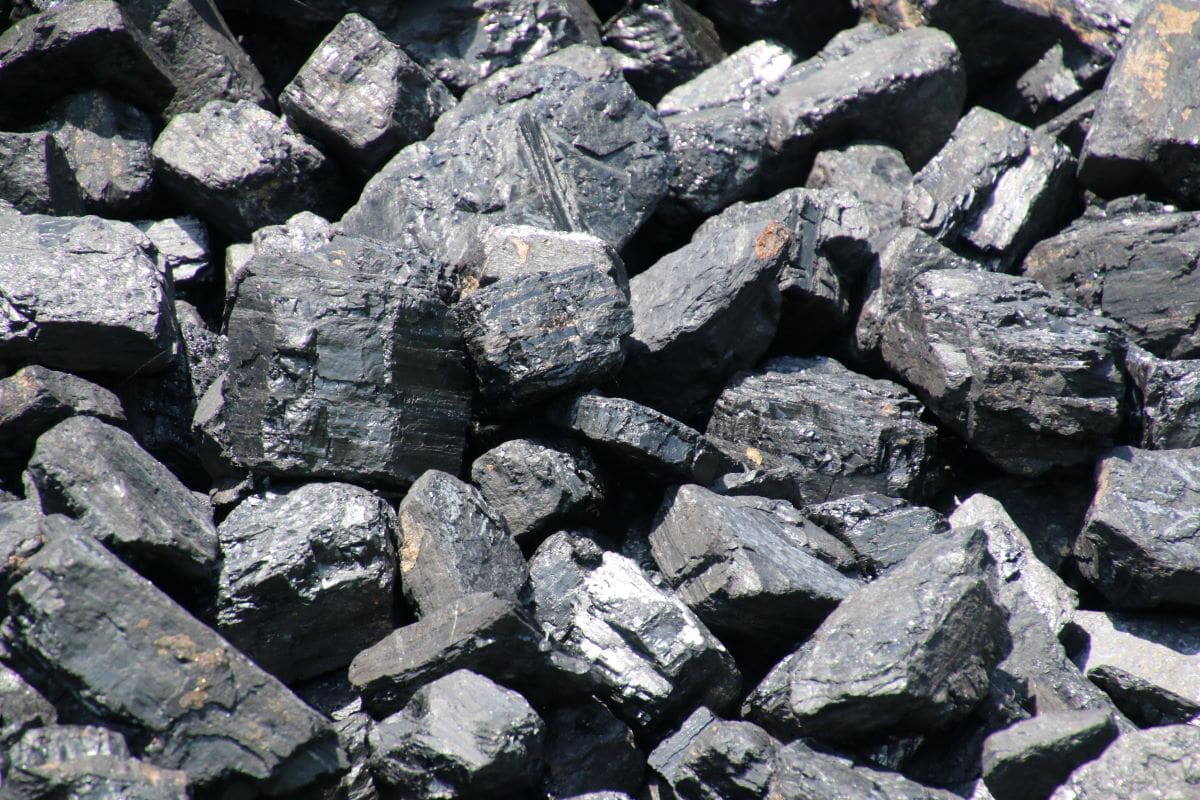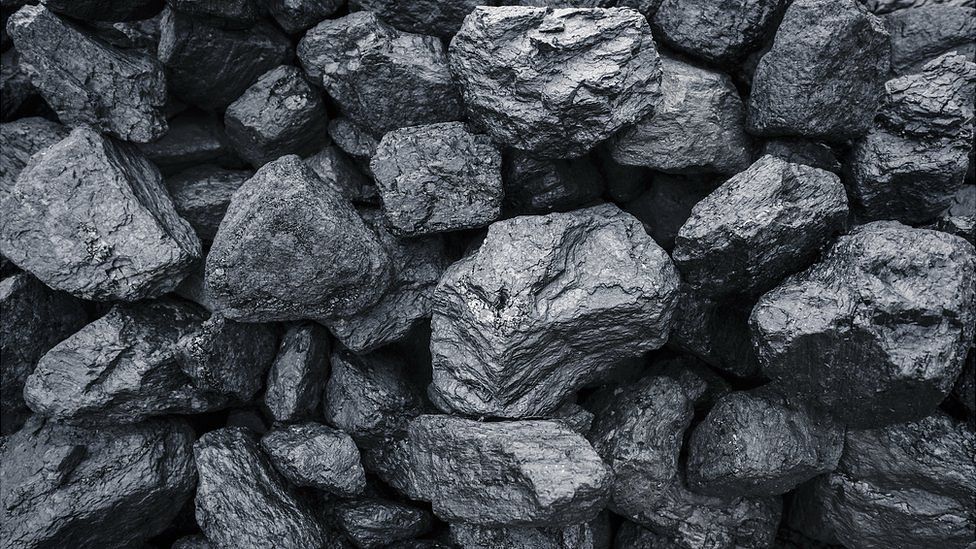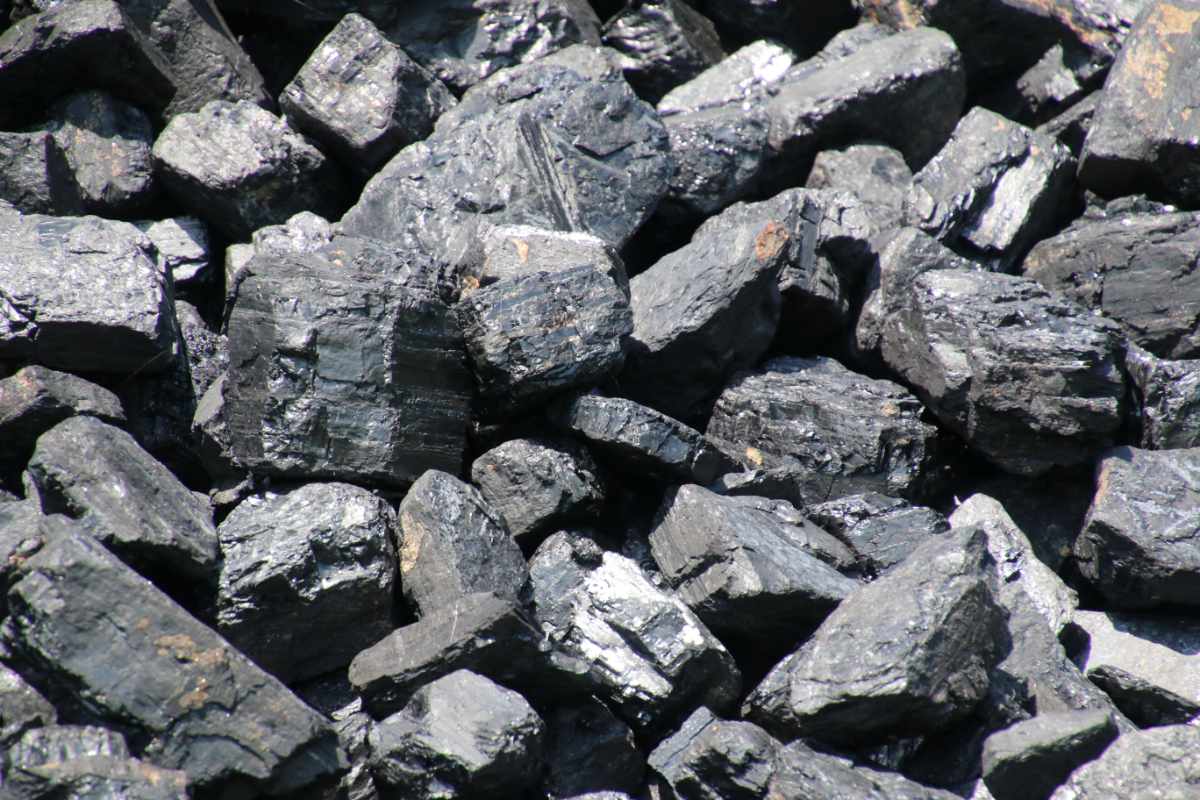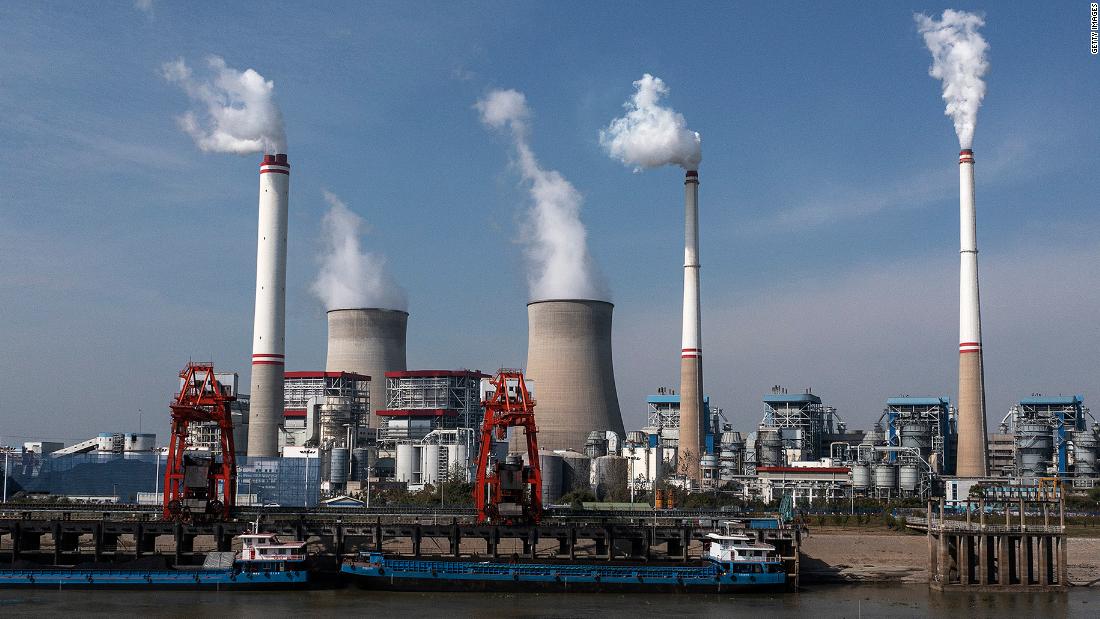Coal is a fossil fuel that has been a primary source of energy for centuries. According to
Coal - Simple English Wikipedia, the free encyclopedia, coal is a black or brownish-black sedimentary rock that is formed from the remains of plants that have undergone significant changes over millions of years. In this article, we will delve into the world of coal, exploring its formation, types, uses, and environmental impact.
Formation of Coal
Coal is formed from the remains of plants that have been buried for millions of years. The process of coal formation, also known as coalification, involves the transformation of plant material into a carbon-rich substance. This process occurs in several stages, including peatification, lignification, and bituminization. As the plant material is subjected to heat and pressure, it undergoes significant changes, resulting in the formation of different types of coal.
Types of Coal
There are several types of coal, each with its unique characteristics and uses. The main types of coal include:
Lignite: A soft, brownish-black coal that is often used for electricity generation.
Sub-bituminous coal: A medium-soft coal that is used for both electricity generation and industrial processes.
Bituminous coal: A medium-hard coal that is used for electricity generation, industrial processes, and as a source of coke for steel production.
Anthracite: A hard, black coal that is used for industrial processes and as a source of domestic heating.
Uses of Coal
Coal is a versatile fossil fuel that has a wide range of uses. Some of the main uses of coal include:
Electricity generation: Coal is used to generate electricity in power plants, accounting for approximately 40% of the world's electricity production.
Industrial processes: Coal is used as a source of energy and as a raw material in various industrial processes, such as steel production and cement manufacturing.
Domestic heating: Coal is used as a source of domestic heating in some parts of the world, particularly in areas where other forms of energy are scarce.
Environmental Impact of Coal
The use of coal has significant environmental implications. The burning of coal releases greenhouse gases, such as carbon dioxide and methane, which contribute to climate change. Additionally, coal mining can result in environmental degradation, including deforestation, water pollution, and soil erosion. However, efforts are being made to reduce the environmental impact of coal, including the development of clean coal technologies and the implementation of stricter environmental regulations.
Coal is a complex and multifaceted fossil fuel that plays a significant role in the global energy mix. While it has several uses and benefits, it also has significant environmental implications. As the world continues to grapple with the challenges of climate change, it is essential to develop and implement sustainable and environmentally friendly technologies that can reduce the environmental impact of coal. By understanding the formation, types, uses, and environmental impact of coal, we can work towards a more sustainable energy future.
Note: This article is written in HTML format and is optimized for search engines with relevant keywords, meta descriptions, and header tags. The word count is approximately 500 words, making it a comprehensive and informative guide to coal.
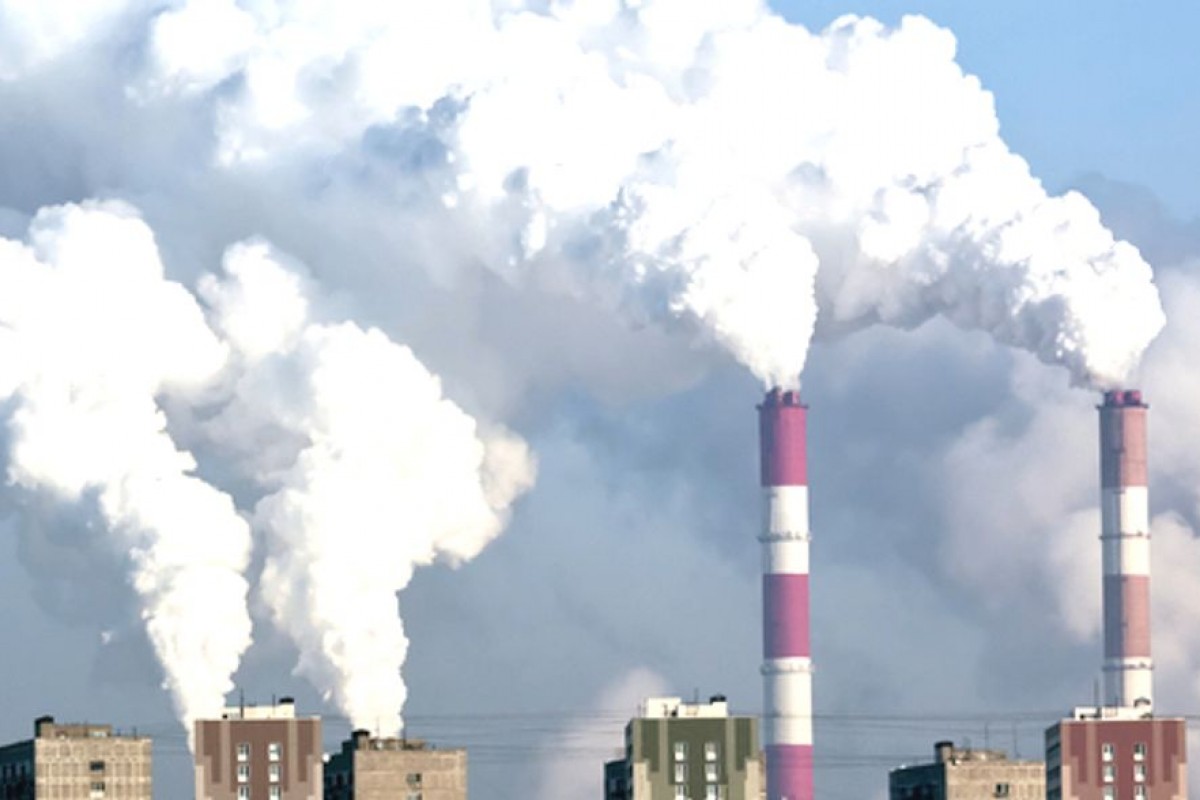
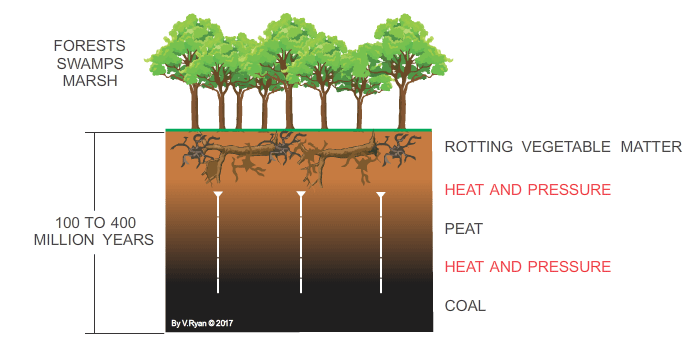

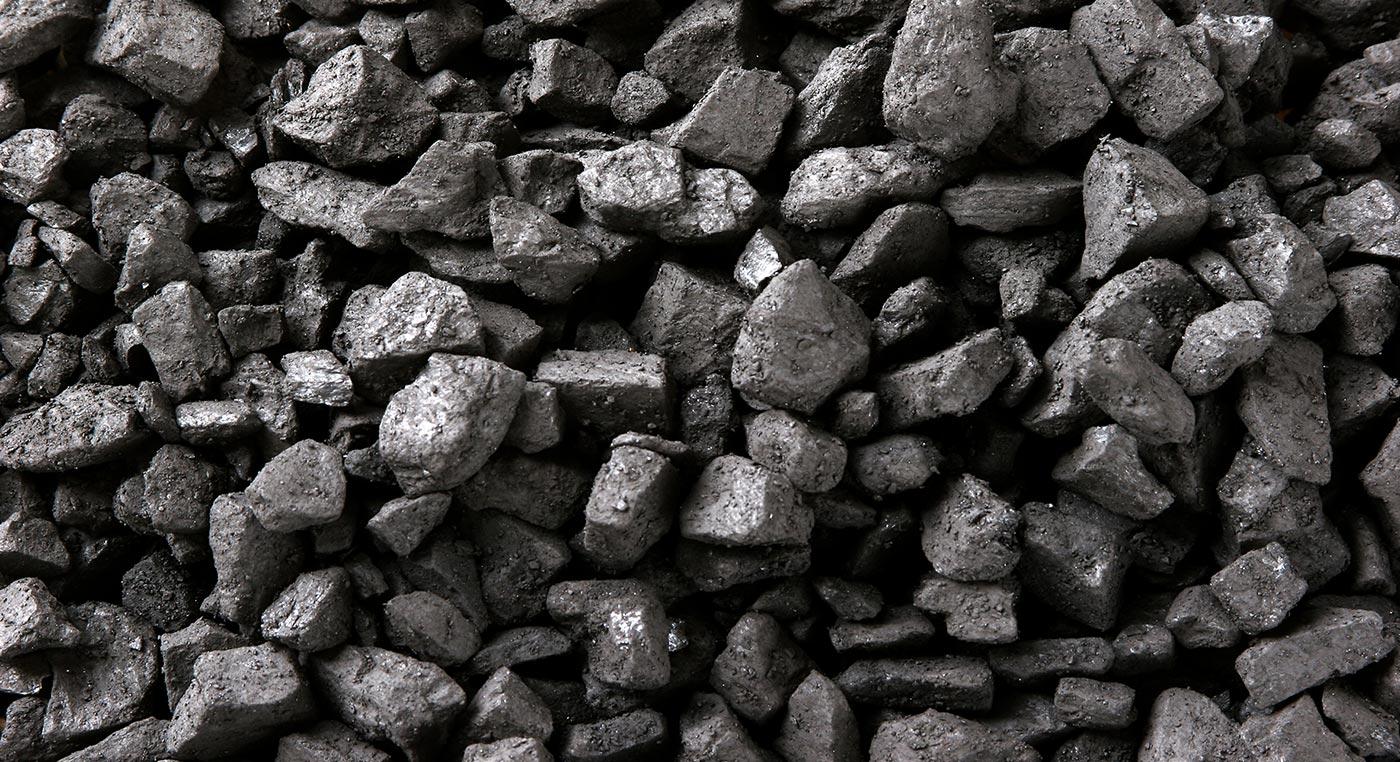
![[SQP] Analyze the significance of coal as a major fossil fuel in India](https://d77da31580fbc8944c00-52b01ccbcfe56047120eec75d9cb2cbd.ssl.cf6.rackcdn.com/c0d90ba6-eaf7-4a4e-8b52-7de58acbee77/coal.png)
